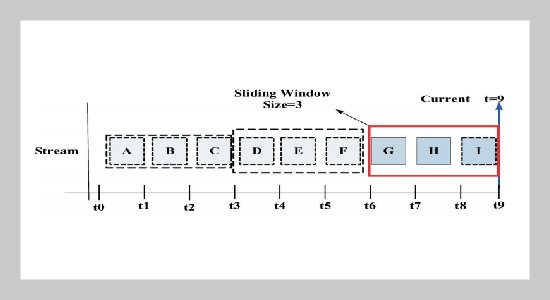REFERENCES
- [1] Milentijevic, I., Ciric, V. and Vojinovic, O., “Version Control in Project-Based Learning,” Computers & Education, Vol. 50, pp. 1331�1338 (2008).
- [2] Köse, U., “A Web Based System for Project-Based Learning Activities in “Web Design and Programming” Course,” Procedia - Social and Behavioral Sciences, Vol. 2, pp. 1174�1184 (2010).
- [3] Eskrootchi, R. and Oskrochi, G. R., “A Study of the Efficacy of Project-Based Learning Integrated with Computer-Based Simulation-Stella,” Educational Technology & Society, Vol. 13, pp. 236�245 (2010).
- [4] Downing, K., Kwong, T., Chan, S., Lam, T. and Downing, W., “Problem-Based Learning and the Development of Metacognition,” Higher Education, Vol. 57, pp. 609�621 (2009).
- [5] Krajcik, J. S., Blumenfeld, P. C., Marx, R. W. and Soloway, E., “A Collaborative Model for Helping Teachers Learn Project-Based Instruction,” Elementary School Journal, Vol. 94, pp. 483�497 (2010).
- [6] Peterson, S. E. and Myer, R. A., “The Use of Collaborative Project-Based Learning in Counselor Education,” Counselor Education & Supervision, Vol. 35, pp. 150�158 (1995).
- [7] Curtis, D., “The Power of Projects,” Educational Leadership, Vol. 60, pp. 50�53 (2002).
- [8] Gultekin, M., “The Effect of Project Based Learning on Learning Outcomes in the Fifth-Grade Science Education,” Elementary Education Online, Vol. 6, pp. 93�112 (2007).
- [9] Simkins, M., “Project-Based Learning with Multimedia,” Thrust for Educational Leadership, Vol. 28, pp. 10�13 (1999).
- [10] Blumenfeld, P. C., Soloway, E., Marx, R. W., Krajcik, J. S., Guzdial, M. and Palinscar, A., “Motivating Project-Based Learning Sustaining the Doing, Supporting the Learning,” Educational Psychologist, Vol. 26, pp. 369�398 (1991).
- [11] Gi, H.-Q. and Chang, S.-F., “All Dimensional Learning Strategies: Project Based Learning Design,” Instructional Technology and Media, Vol. 55, pp. 58�71 (2001).
- [12] Zhou, H.-Y., “Learning project in courses, teaching and evaluation”, Tainan Normal College Report, Vol. 34, 155-194 (2001).
- [13] Motiwalla, L. F., “Mobile Learning: A Framework and Evaluation,” Computers & Education, Vol. 49, pp. 581�596 (2007).
- [14] Lan, Y.-F. and Sie, Y.-S., “Using RSS to Support Mobile Learning Based on Media Richness Theory,” Computers & Education, Vol. 55, pp. 723�732 (2010).
- [15] Sharples, M., Taylor, J. and Vavoula, G., “Towards a Theory of Mobile Learning,” Proceedings of MLearn 2005 Conference, Cape Town (2005). Available online at http://www.mlearn.org.za/CD/papers/Sharples-% 20Theory%20of%20Mobile.pdf.
- [16] Chang, C. Y., Sheu, J. P. and Chan, T. W., “Concept and Design of Ad Hoc and Mobile Classrooms,” Journal of Computer Assisted Learning, Vol. 19, pp. 336� 346 (2005).
- [17] Wu, M.-R., “Development and Design of Mobile Learning Environment for Interactive Discussion Project,” Master Thesis, National Taiwan Normal University, unpublished (2005).
- [18] Sancho, P., Moreno-Ger, P., Fuentes-Fernández, R. and Fernández-Manjón, B., “Adaptive Role Playing Games: An Immersive Approach for Problem Based Learning,” Educational Technology & Society, Vol. 12, pp. 110�124 (2009).
- [19] Yang, K.-Y., Chang-Lai, M.-L., Chen, M.-W. and Hsu, T.-L., “The Effectiveness of Implanting PBL Strategy in K10 Students’ Science Course,” Republic of China 22nd Science Education, 2006 December 15-16, Taipei (2006). (in Chinese)
- [20] Wang, T.-S., Wu, M.-C. and Wang, H.-Y., “Investigating the Determinants and Age and Gender Differences in the Acceptance of Mobile Learning,” British Journal of Educational Technology, Vol. 40, pp. 92�118 (2009).
















